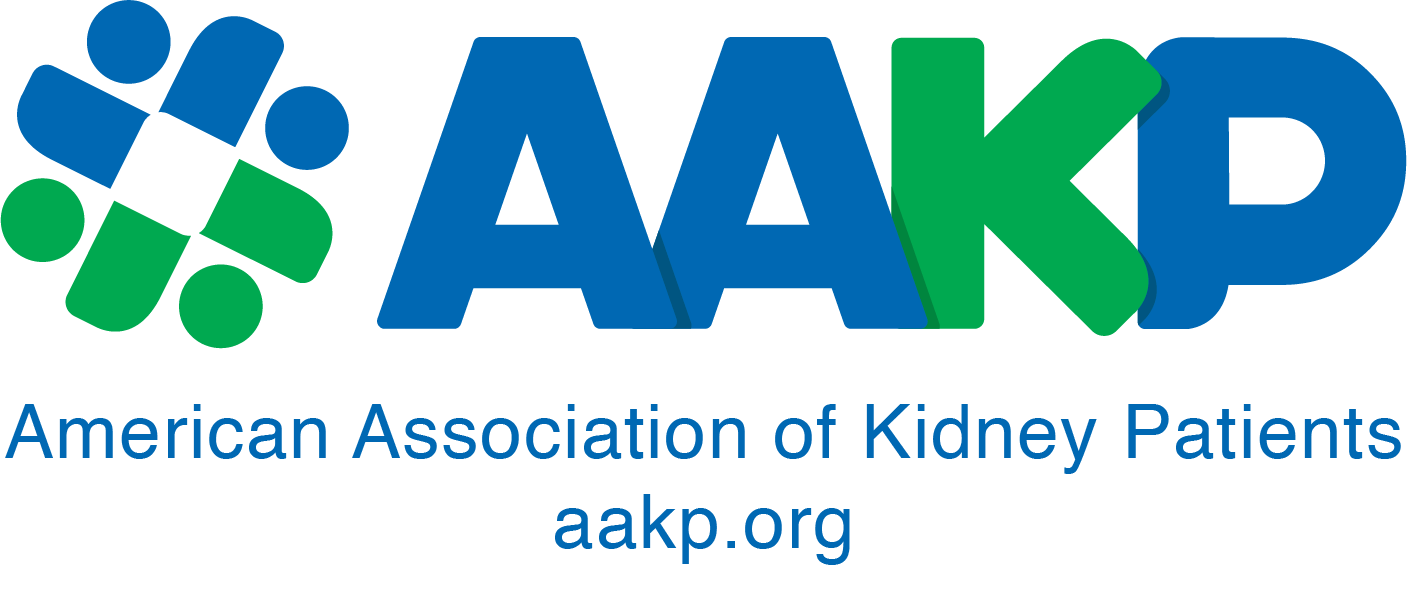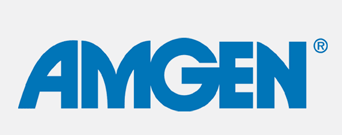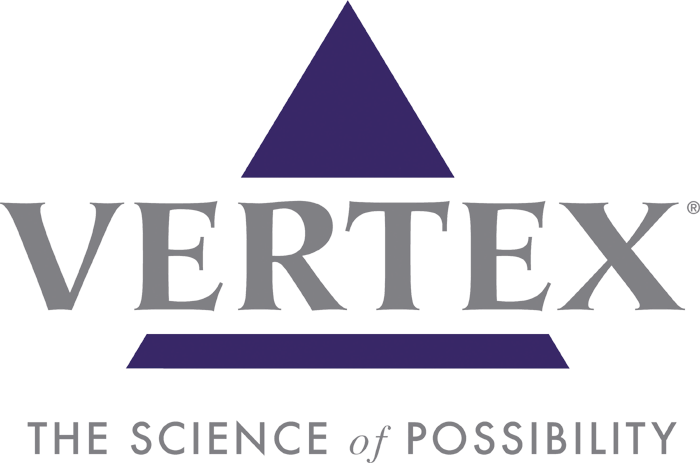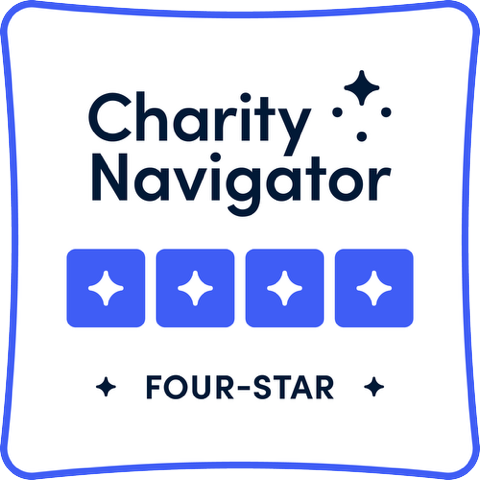On behalf of the undersigned organizations, thank you for your leadership of the Centers for Medicare and Medicaid Services (CMS) and the Center for Medicare and Medicaid Innovation (CMMI), and for the opportunity to meet with you and your staff on Wednesday, September 5, 2012. As organizations representing patients, physicians, scientists, nurses, and other health professionals dedicated to advancing excellence in the care of patients with kidney disease, we sincerely appreciated the opportunity for dialogue regarding the scope and design of a potential integrated kidney care delivery model pilot project and look forward to continued collaboration.
Our organizations commend CMS and CMMI for their interest in examining strategies to improve care and reduce costs for patients with kidney disease, and strongly support innovation in this arena. We appreciate CMS and CMMI’s commitment to ensuring any program moving forward is patient-centered and believe that if care coordination and quality are improved, reduced costs will follow. In addition, our organizations are particularly pleased that CMS and CMMI are dedicated to allowing a diversity of provider types and sizes to participate in any pilot program.
As CMS and CMMI continue to contemplate a potential initiative regarding the care of patients with kidney disease, we hope that the key recommendations we addressed in our conversation—summarized below—will inform your work. We recognize that logistical challenges to some of these recommendations exist, but perceive that CMS and CMMI possess a unique opportunity to profoundly transform care for patients with kidney disease and hope the Agency will continue to engage with our organizations to develop creative solutions. As we discussed, to follow up our constructive meeting, please find enclosed materials and studies that provide further context for these suggestions.
Focus on patient access to the most appropriate type of vascular access. CMS has long recognized the value of promoting optimal vascular access, and this objective should be a central goal of a pilot program. Reducing use of central venous catheters (CVCs) alone would create significant cost reductions and improve outcomes (via reduction of infections and inflammation).i According to the United States Renal Data System (USRDS), According to the United States Renal Data System (USRDS), 80% of incident hemodialysis patients initiated treatment with a CVC as their vascular access, and just 16% of these patients have a maturing fistula or graft.ii With about 104,000 patients starting hemodialysis in 2010, approximately 67,000 utilized a CVC.iii Patients using a catheter have a bacteremia risk of 50% for the first 6 months with an average cost of $23,000 per hospitalization.iv Using these numbers, even a 10% reduction in catheter use would result in $77 million in savings.
Include patients with stage 4 and 5 chronic kidney disease (CKD) in at least one pilot project. The opportunity to improve patient outcomes and reduce expenditures is far greater at late-stage CKD than at ESRD. We believe that the best strategy to improve outcomes for patients with CKD is to prevent progression to ESRD. v,vi,vii, viii For those near or at ESRD, the focus should be to ease the transition and best prepare the patient for renal replacement therapy. To that end, improving care coordination, establishing appropriate vascular accesses, selecting the optimal modality from the individual patient perspective, and providing nutritional and dietary counseling, can reduce the number of patients who “crash” into dialysis in the emergency room, are hospitalized due to catheter infections or other complications, or have increased morbidity and mortality after initiating dialysis.ix, x, xi,xii
Promising studies suggest that a model using routinely obtained laboratory tests can accurately predict progression to kidney failure in patients with CKD stages 3 to 5.xiii However, identifying late-stage CKD patients remains challenging, especially as some patients move between stages of CKD and many patients with Stage 3 do not progress to ESRD. Recognizing these challenges, we recommend that at least one pilot project include CKD stage 4 and 5 as an option for sites interested in including those patients, in “parallel” with an ESRD-only pilot project.
Improve patient access to transplantation, including pre-emptive transplantation. Transplantation is superior to dialysis for improving ESRD patient survival rates and quality of life, and living-donor transplantation—preemptively or in the early stages of ESRD—improves patient- and graft-survival versus deceased donor transplantation. Maintaining a kidney transplant is less costly, costing about $18,000 annually, compared to approximately $87,000 for dialysis annually.xiv According to USRDS, transplant patients are hospitalized on average one day less than all dialysis patients, at .84 days per year, compared to 1.85 days per year for all dialysis patients. While transplantation is not the appropriate therapy for every patient with kidney disease, increasing access to this treatment option is an important goal for many patients.xv, xvi, xvii
Prospectively specify the evaluation methodology, including comparator groups and patient-centered quality metrics. Prospectively disclosing the methodology CMS and CMMI will use to determine the success of a pilot program is vitally important and will ensure that the entire kidney community interprets the outcomes of the pilot program uniformly. Our organizations stand ready to collaborate with CMS and CMMI to develop performance metrics for the success of any new intervention. We specifically encourage development of patient-centered quality of life measures as well as others beyond the traditional morbidity and mortality measures.
Additionally, our organizations are interested in working with CMMI to develop metrics for patients with kidney disease in general ACOs to help to ensure high-quality care in that environment, including metrics that may promote a smoother transition of care to a pilot program. Again, we specifically recommend that one of these metrics measure early placement of optimal vascular access.
Include a leading role for nephrology health professionals in the oversight of any pilot project. A strong presence of independent nephrologists and nephrology nurses in the care delivery model governance structure is necessary to preserving their roles as patient’s advocates. Flexibility to individualize care becomes especially important in a shared-risk environment in which less utilization may contribute to greater profit margins. Health professional leadership and patient advocacy is critical to guarantee that the care delivery model remains committed first to improving the quality of patient care.
Enable the participation of a diversity of dialysis provider sizes and types. Participation of a variety of dialysis provider sizes and types, including rural facilities and those that primarily serve pediatric patients, creates more opportunities for innovative and customized approaches to CKD and ESRD care, increasing the likelihood that the project will lead to long-term improvements in the delivery of kidney care and preserve patient choice. Our organizations commend CMS and CMMI for its commitment to this goal.
Develop roles for nurse navigators and patient peer mentors to help improve transitions of care, especially from stage 4 to stage 5 CKD. Nurse navigators may directly assist patients to optimize their outcomes during the transition onto dialysis, and may help coordinate dialysis patients’ care. Providing personalized patient education may help facilitate staffing levels that mirror patient care needs, allowing patients who are able to provide more self-care. As demonstrated in the oncology environment, nurse navigators help guide patients through the diagnostic evaluation, educate and support patients throughout their treatment, and empower them to make informed treatment decisions. We encourage CMS and CMMI to study how his role can be incorporated into a pilot project for patients with CKD, as they also navigate through multiple physicians and health care settings.
Facilitating pre-dialysis and new dialysis patient interaction with more experienced patients can be powerful empowerment educational tools. Encouraging facilities to incorporate nurse navigators and peer mentors into the care team may improve the quality and efficiency of care delivery.
Utilize patients’ time during in-center dialysis treatments to coordinate care for other comorbidities, such as heart disease or diabetes, and to provide educational interventions. Aside from catheter infections, many of the chief reasons patients on dialysis are hospitalized relate to issues—such as heart failure, diabetic foot management problems and metabolic problems associated with diabetes—that could potentially be addressed by coordinating more care in the unit. Improving access to other subspecialists that can address co-morbidities and other diseases that patients face will provide one vehicle to reducing mortality and costs.
Structure pilot projects in a way that enables providers and health professionals to continue to innovate and perform research. Any integrated nephrology care delivery model should generate databases (with greater granularity than the USRDS) that the nephrology research community can access without restrictive barriers, in as close to real-time as possible. Providing the kidney research and care community the data that are generated will exponentially increase the knowledge that can be derived from a pilot program, ultimately improving care and lowering costs.
Consider creating waivers that enable providers to assist patients in new ways. For instance, our organizations suggest CMS and CMMI consider allowing organizations to provide transportation assistance and distribute nutritional supplements. While recognizing that removing the 90 day waiting period for vascular access placement for patients who are new to the Medicare program would require a regulatory change, we encourage CMS and CMMI to consider strategies that would explore the value of such a change in a pilot program.
Again, thank you for your commitment to improving care for patients with kidney disease through the development of an integrated kidney care delivery model pilot project. Advancing the quality of kidney care is a central goal for each of our organizations. We look forward to continuing to collaborate with CMS and CMMI to capitalize on this unique opportunity to help advance that objective for the patients we serve and represent.
Sincerely,
American Association of Kidney Patients American Kidney Fund
American Nephrology Nurses Association American Society of Nephrology American Society of Pediatric Nephrology Dialysis Patient Citizens
National Kidney Foundation Renal Physicians Association Renal Support Network
cc: Sean Cavanaugh, Acting Deputy Director, Programs and Policy, CMMI
Daniel Farmer, Stakeholder Engagement Group, CMMI
Representative John Fleming, MD, Vice-Chair, Congressional Kidney Caucus David Hurwitz, Portfolio Manager, CMMI
Representative Jesse Jackson, Jr., Vice-Chair, Congressional Kidney Caucus Representative Tom Marino, Co-Chair, Congressional Kidney Caucus Representative Jim McDermott, MD, Co-Chair, Congressional Kidney Caucus Marilyn Tavenner, Acting Administrator, CMS
























